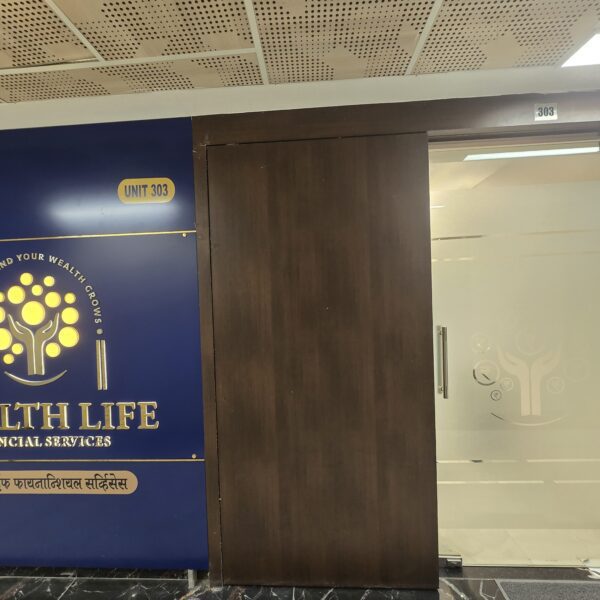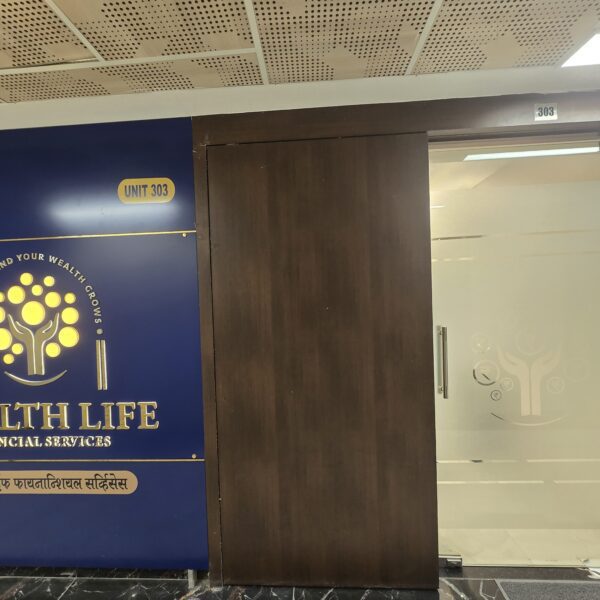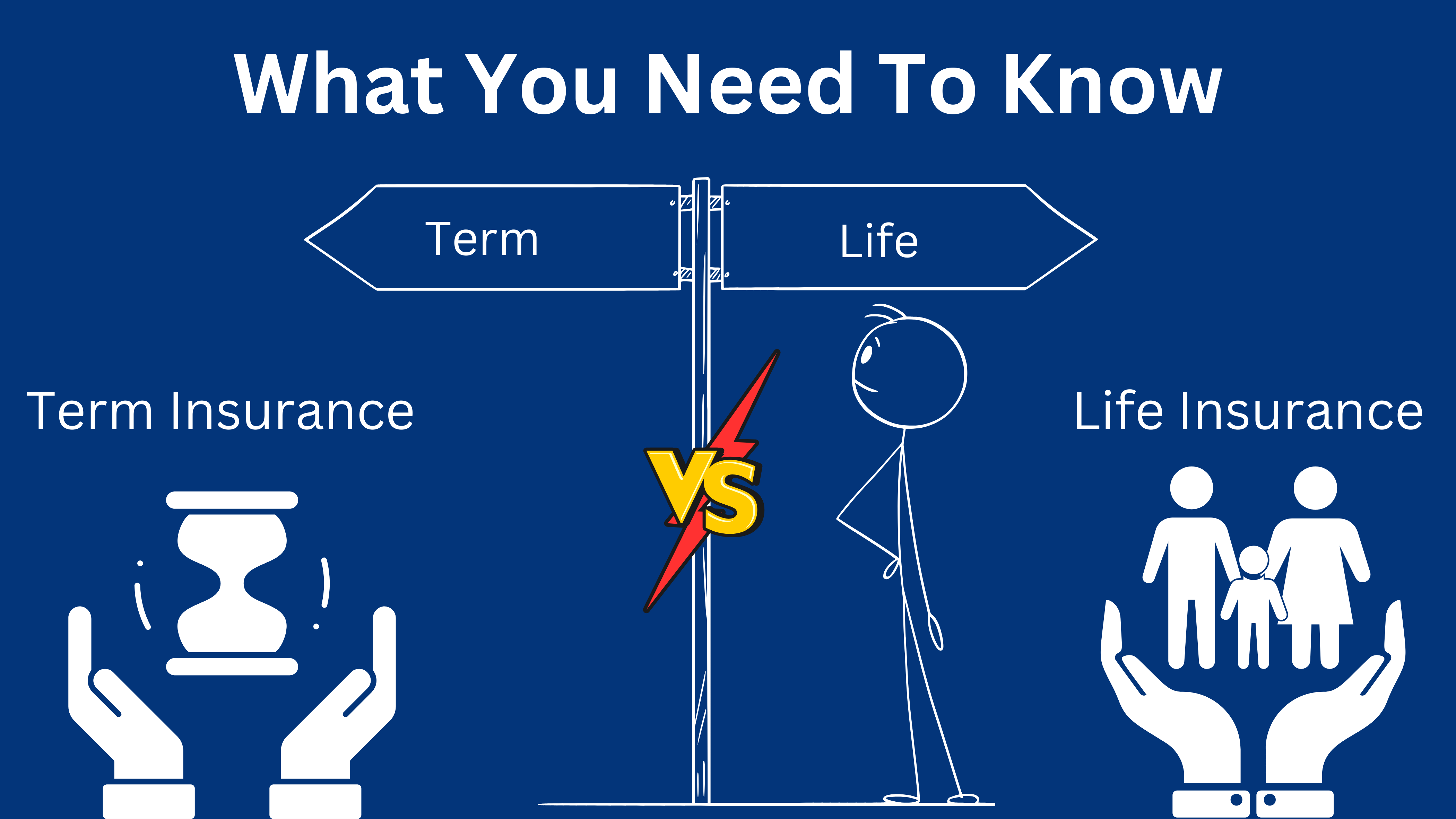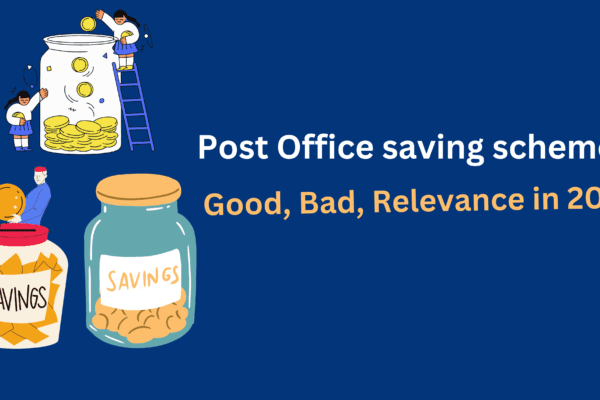INSURANCE 101: Term vs Life Insurance – What You Need to Know
When it comes to securing your future and providing financial protection to your loved ones, one of the most common ways to ensure that protection is through life insurance. Insurance can be a bit overwhelming with the variety of plans available on the market today. From child plans to unit-linked plans, the options are plenty. However, two of the most common types of life insurance are Term Insurance and Life Insurance Savings Plans (also known as traditional plans).
In this blog, we will dive deep into these two types of insurance plans, compare them, and help you understand which one might be best suited to your needs.
What is Term Insurance?
Table of Contents
ToggleTerm insurance, also known as a pure term plan, is one of the simplest and most affordable types of life insurance. It offers only a death benefit, which means that it provides financial protection for your family or beneficiaries in case of your unfortunate demise during the policy term. The core feature of term insurance is that it does not provide any maturity benefits (i.e., no amount is paid out if you survive the policy period).
Key Features of Term Insurance:
Affordable Premiums: Since term plans only offer a death benefit and do not accumulate any savings or investment value, they tend to have lower premiums compared to other life insurance plans. This makes term insurance an affordable option for many individuals looking for basic life coverage.
Death Benefit Options:
- Level Benefit Plan: The death benefit remains the same throughout the policy period.
- Increasing Benefit Plan: The death benefit gradually increases over time, providing additional coverage as your financial needs grow.
- Decreasing Benefit Plan: The death benefit decreases over time, which could be suitable if you expect your liabilities (like a home loan) to decrease over time.
- Return of Premium (ROP) Plan: In this variant, the insurer returns all the premiums paid if the policyholder survives the entire term. This can be a good option if you’re worried about losing the money you’ve paid for the policy.
Additional Riders: Many term plans offer the option to add riders (optional add-ons) for enhanced coverage. Some common riders include:
- Accidental Death Benefit: This ensures that an additional sum is paid if the policyholder dies due to an accident.
- Critical Illness Cover: This provides coverage for a range of critical illnesses (typically more than 30–40 conditions), such as cancer, heart attacks, stroke, etc. This is particularly useful as you grow older and the risk of health issues increases.
Flexibility: Term insurance plans are highly flexible. You can opt for a policy duration that suits your financial needs, whether it’s 10, 20, or 30 years. The premium you pay is determined by the coverage amount, your age, and the policy term.
When to Choose Term Insurance:
- If your primary goal is to provide financial protection to your family in case of your death, and you are looking for an affordable solution.
- If you have limited funds and do not need additional investment components like maturity benefits.
- If you want to supplement your existing life insurance coverage with additional benefits like critical illness or accidental death cover.
What is Life Insurance (Savings Plans / Traditional Plans)?
Unlike term insurance, life insurance savings plans, also known as traditional plans, combine both life coverage and investment benefits. These plans not only provide death benefits to the nominee in case of the policyholder’s untimely death but also offer maturity benefits if the policyholder survives the term of the policy. This makes them a hybrid of insurance and investment, allowing you to grow your savings while providing life coverage.
Key Features of Life Insurance Savings Plans:
- Higher Premiums: Since life insurance savings plans provide both protection and investment benefits, the premiums are generally higher compared to term insurance. A portion of the premium goes toward building the death benefit, while the remaining portion is invested to generate returns, which are paid out as maturity benefits.
- Maturity Benefits: These plans come with a maturity benefit, which is the sum of the premiums paid plus the returns on investment. This means that if you outlive the policy, you will receive a lump sum amount. The maturity amount can be used to meet future financial goals, such as funding your child’s education, retirement, or buying a house.
- Types of Life Insurance Savings Plans:
- Endowment Plans: These plans provide a lump sum payout on the death of the insured or on survival after the policy term ends. They are typically structured to provide both financial protection and an avenue for forced savings.
- Money Back Plans: These plans pay periodic survival benefits during the policy term and a lump sum at the end of the term or on the death of the insured. It’s a good option for those who prefer to receive cash payouts during the term.
- Bonus and Returns: Most traditional plans offer bonuses and guaranteed returns, which can be in the form of simple bonuses or compound bonuses. These returns can significantly increase the value of your policy over time. However, the returns are not as high as those offered by unit-linked insurance plans (ULIPs) or mutual funds.
- Tax Benefits: Like term insurance, life insurance savings plans also offer tax benefits under Section 80C of the Income Tax Act. Premiums paid towards these plans are eligible for tax deductions, and the maturity benefits are tax-free under Section 10(10D), provided the policy conditions are met.
Choosing the Right Plan for You
Choosing the right insurance plan depends on your personal financial goals, family situation, and risk tolerance. If your primary concern is providing a secure financial safety net for your family in case of your death, and you want an affordable option, then term insurance might be the right choice for you.
On the other hand, if you are looking for a policy that serves as both an investment and insurance tool, then life insurance savings plans might be a better fit. These plans are more suitable for individuals who want to create a corpus for their future while still ensuring that their loved ones are financially protected.
Ultimately, the right insurance plan will depend on your unique needs, and working with a financial advisor can help you choose the one that aligns with your goals.
Get Your Free Financial Plan Worth Rs. 10,000 Today!
Planning your financial future is important, and choosing the right insurance plan plays a key role in securing it. Contact us today to get a free financial plan worth Rs. 10,000 and ensure that you’re on the right track to building a secure financial future
Contact – Wealth Life Financial Services





















































